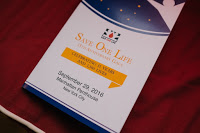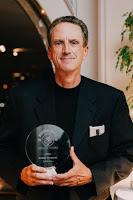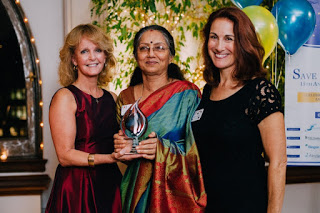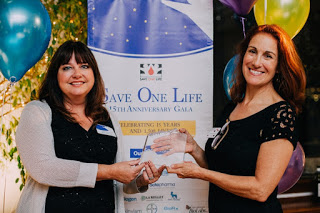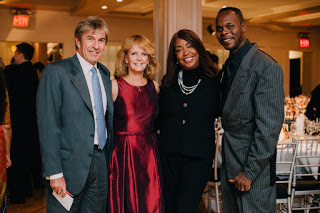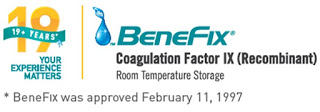IXINITY® is now brought to you by Aptevo Therapeutics
This
week, I’m excited to tell you about a new company made of up familiar faces within
the hemophilia B community. The people from Emergent who brought you IXINITY [coagulation
factor IX (recombinant)] are now continuing their tradition of being a different kind of company at Aptevo
Therapeutics.
information about how Aptevo is still committed to putting people with
hemophilia B first.
Aptevo Therapeutics
Therapeutics is a new biotech company focused on improving the lives of people
with bleeding disorders and cancer by combining extensive experience with the
drive to advance the science of what’s next.
connecting with people across the country to learn about their needs and continuing
to support community outreach programs that enrich peoples’ lives, our primary goal
is to provide high-quality, specialized therapies for people with rare
conditions.
it comes to the hemophilia B community, the same people from Emergent who pride
themselves on working for a different kind of company are now part of Aptevo.
while you may see a new business card, IXINITY is still the same, and you’ll
still connect with the same people you’ve come to trust.
factor IX and the company behind it.
The content of
this post is provided and sponsored by Aptevo Therapeutics.
AND IMPORTANT SAFETY INFORMATION
IXINITY [coagulation factor IX (recombinant)] is a medicine used to
replace clotting factor (factor IX) that is missing in adults and children at
least 12 years of age with hemophilia B.
is also called congenital factor IX deficiency or Christmas disease. Hemophilia
B is an inherited bleeding disorder that prevents clotting. Your healthcare
provider may give you IXINITY to control and prevent bleeding episodes or when
you have surgery.
not indicated for induction of immune tolerance in patients with hemophilia B.
You should not use IXINITY if you are
allergic to hamsters or any ingredients in IXINITY.
You should tell your healthcare provider if
you have or have had medical problems, take any medicines, including
prescription and non-prescription medicines, such as over-the-counter
medicines, supplements, or herbal remedies, have any allergies, including
allergies to hamsters, are nursing, are pregnant or planning to become
pregnant, or have been told that you have inhibitors to factor IX.
You can experience an allergic reaction to
IXINITY. Contact your healthcare provider or get emergency treatment right away
if you develop a rash or hives, itching, tightness of the throat, chest pain,
or tightness, difficulty breathing, lightheadedness, dizziness, nausea, or
fainting.
Your body may form inhibitors to IXINITY. An
inhibitor is part of the body’s defense system. If you develop inhibitors, it
may prevent IXINITY from working properly. Consult with your healthcare
provider to make sure you are carefully monitored with blood tests for
development of inhibitors to IXINITY.
If you have risk factors for developing blood
clots, the use of IXINITY may increase the risk of abnormal blood clots.
Call your healthcare provider right away
about any side effects that bother you or do not go away, or if your bleeding
does not stop after taking IXINITY.
The most common side effect that was reported with IXINITY during
clinical trials was headache.
not all the side effects possible with IXINITY. You can ask your healthcare
provider for information that is written for healthcare professionals.
Food and Drug Administration. Visit the www.fda.gov/medwatch, or call
1-800-FDA-1088.
19312
IXINITY [coagulation factor IX (recombinant)] and any and all Aptevo BioTherapeutics LLC brand, product, service and feature names, logos, and
slogans are trademarks or registered trademarks of Aptevo
BioTherapeutics LLC in the United States and/or
other countries.
© 2016 Aptevo Biotherapeutics. All rights reserved. CM-FIX-0070



